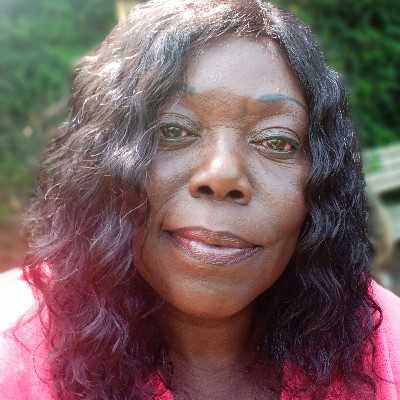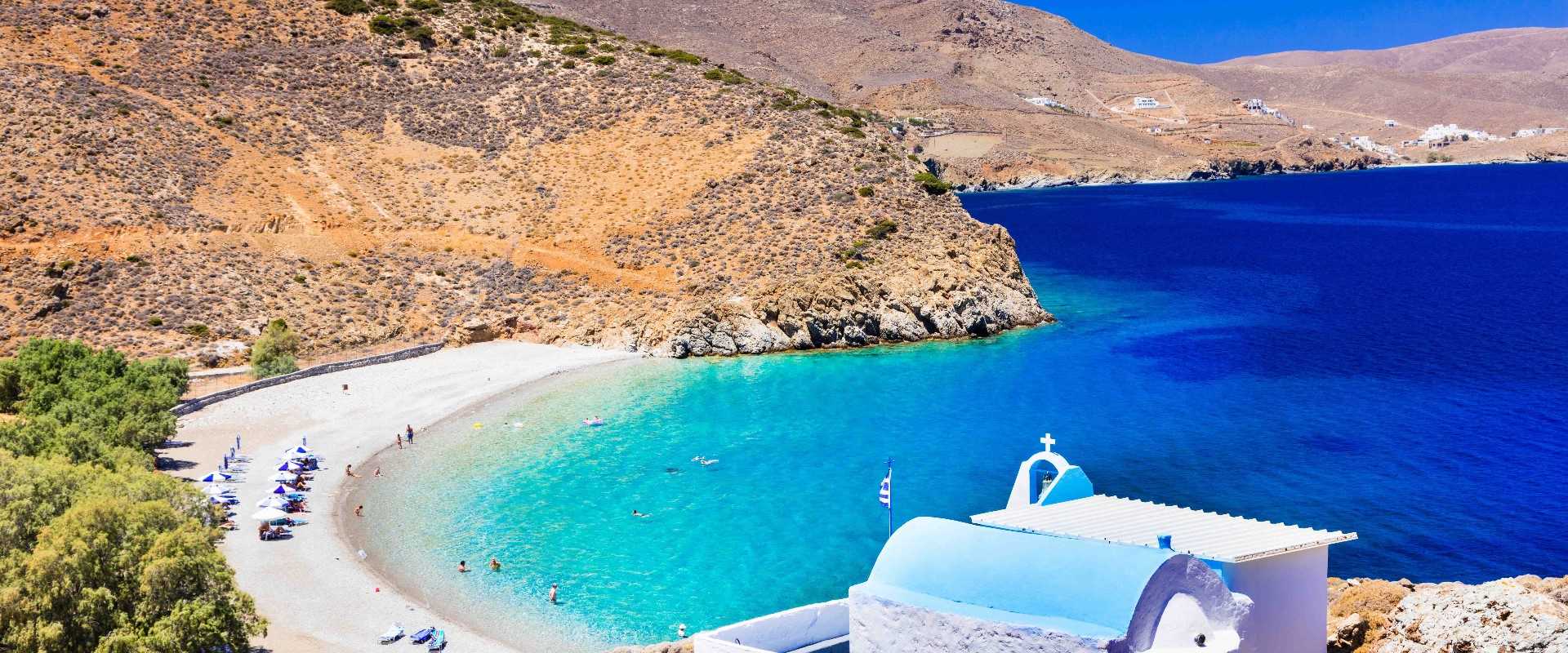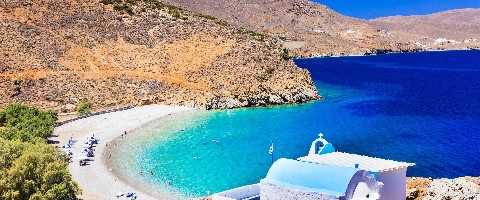Being on the outer fringes of the Dodecanese, remote Astypalea has a more Cycladic mood than others in the chain. Certainly the main town is one of the most handsome in the Aegean, its cubist whitewashed houses climbing up the hill from the harbour, under the protective eye of the imposing Venetian kastro above.
The island divides into two – Mesa Nisi (inner island) to the west and Exo Nisi (outer island) to the east, linked by a very narrow strip just 100m wide. Wild and rocky on its heights, more fertile in its valleys, Astypalea has been inhabited since the Bronze Age (evidence of which can be viewed in the small town museum) and ruled by Romans, Byzantines, Venetians, Turks and Italians over the centuries since. The island today has no organised tourism but has become very fashionable, and the short but busy high season (mid-July to late-August) sees well-heeled Athenians and Italians, many with second homes here, outnumber locals. Outside this period Astypalea is pretty quiet, especially at the start and end of the season (May and mid-to-late September onwards).
The town, not uncommonly, is split into two parts – Skala (aka Pera Yialos) around the harbour below, and Hora the old village above. Skala has most of the tavernas and shops, and a serviceable town beach. Hora starts at the windmills and the square here houses a number of cafés and a popular taverna of its own. A steep climb up through the narrow lanes, under the wooden balconies of the old village houses and past tiny chapels, brings you to the 13th century kastro – inhabited until an earthquake in 1956, now home only to a pair of churches.
Below the far side of Hora, west of the promontory, is the bay and lovely beach of Livadia, a long wide stretch of sand/fine shingle shelving into a very clear sea – the swimming here is excellent. Back from the beach are some half-dozen restaurants and cafés. Livadia is some 20 minutes’ walk downhill from Hora and served by bus four times daily (more frequently in high season). Beyond Livadia are three smaller fine-shingle coves which can be reached on foot or (in season) by water-taxi from Skala.
The second village is Analipsi to the east. Also known as Maltezana (after the Maltese pirates who used to raid) it comprises simply a fertile valley, a small fishing harbour and a handful of tavernas and village shops. There is a long narrow sandy beach, shaded by tamarisk trees, and boats run in season to the uninhabited islets of the small archipelago just offshore, home to some fine beaches. Analipsi is a peaceful retreat with no steps or hills to negotiate. Buses run the 9 kms to Hora but for further exploration a car would be recommended.
Green initiative
Sustainable Astypalea
In 2022 Astypalea launched a project aimed at transforming the Dodecanese island into the first smart energy and green island in the Mediterranean and ensuring, at the same time, energy autonomy. The “Astypalea: Smart & Sustainable Island” project aimed at establishing the island as a model for climate-neutral mobility.
With some 1,300 inhabitants, Astypalea intends to cover a significant part of its energy needs through renewable energy sources by 2026 and has already replaced its transport system with electric vehicles. In order to access the island's ride-sharing buses and to book electric cars, scooters e-bikes all visitors need to download the astyMOVE app.
Read more







